Highlights
- New technology enables smartphones to see through objects using 200 GHz to 400 GHz signals.
- Successful tests demonstrated the ability to penetrate through cardboard sheets.
- Practical applications include scanning packages and monitoring patient hydration.
- Future advancements aim to extend scanning range and ensure privacy.
Imagine having a smartphone that allows you to peer through solid objects, just like Superman’s X-ray vision.
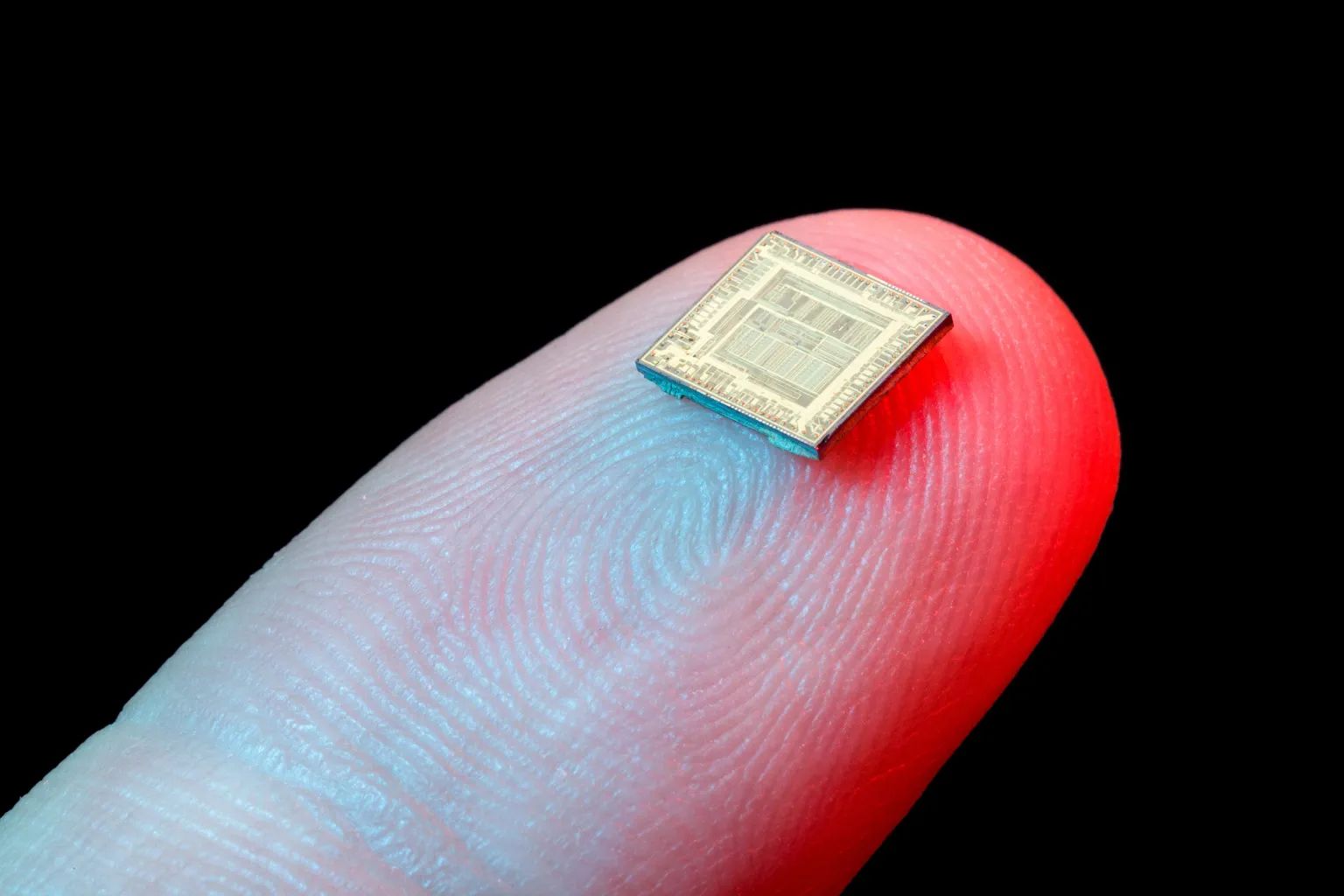
This extraordinary capability, once confined to the realms of science fiction, is now inching closer to reality thanks to a pioneering project underway for over 15 years.
Dr. Brian Ginsburg, director of RF/mmW and high-speed research at Texas Instruments’ Kilby Labs, was quoted saying “It took 15 years of research that improved pixel performance by 100 million times, combined with digital signal processing techniques, to make this imaging demonstration possible. This disruptive technology shows the potential capability of true THz imaging.”
“We designed the chip without lenses or optics so that it could fit into a mobile device. The pixels, which create images by detecting signals reflected from a target object, have the shape of a 0.5-mm square, about the size of a grain of sand,” Dr. Wooyeol Choi, assistant professor at SNU, said.
Safe and Efficient Scanning
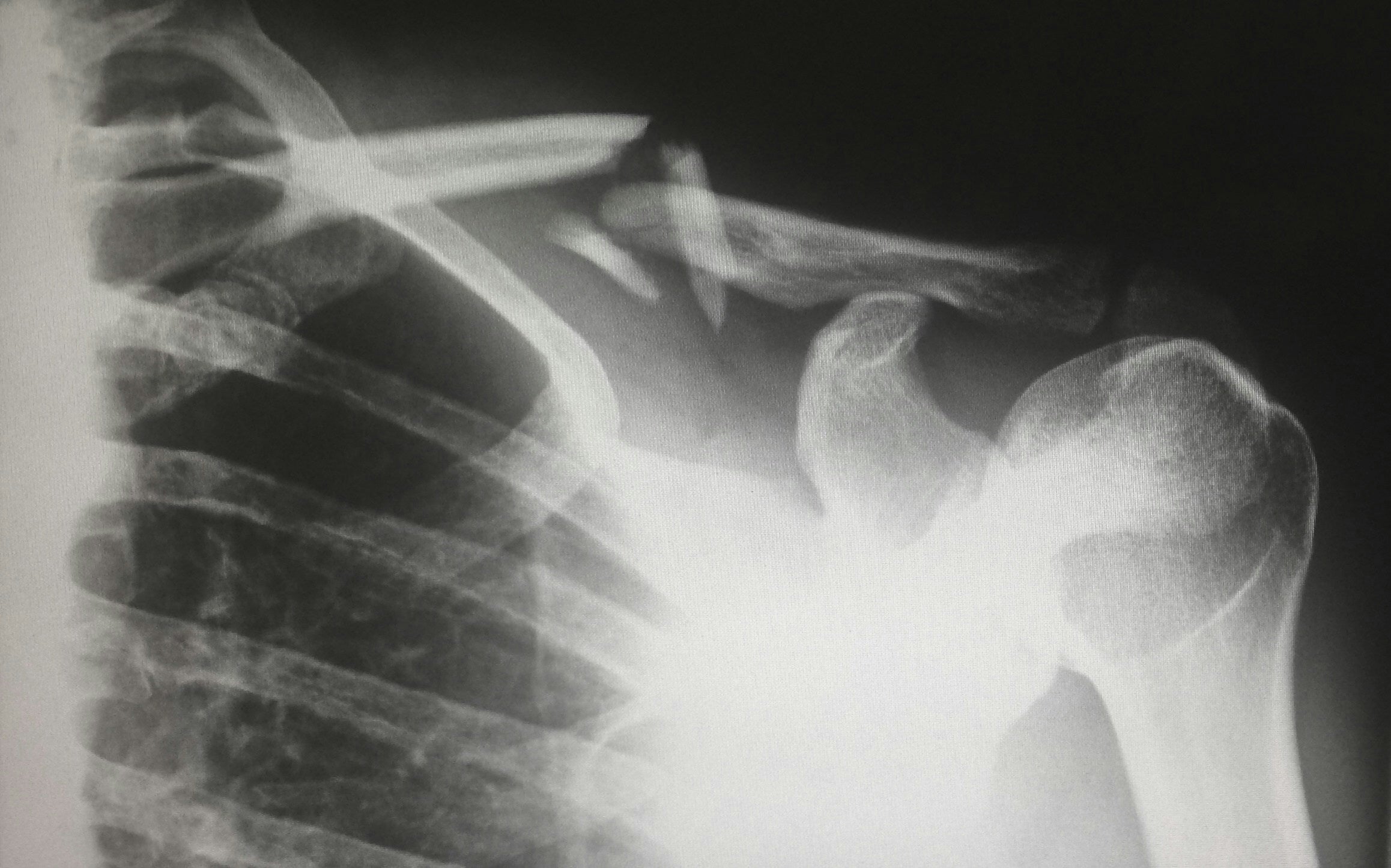
Instead of using harmful X-rays, this innovative technology employs signals in the 200 GHz to 400 GHz range, enabling smartphones to penetrate through dust, dense fog, and airborne particles that typically obstruct light.
Recent tests have successfully demonstrated the ability to look through cardboard sheets, and researchers are optimistic about achieving instantaneous imaging capabilities in just a few years.
Unveiling the Unseen
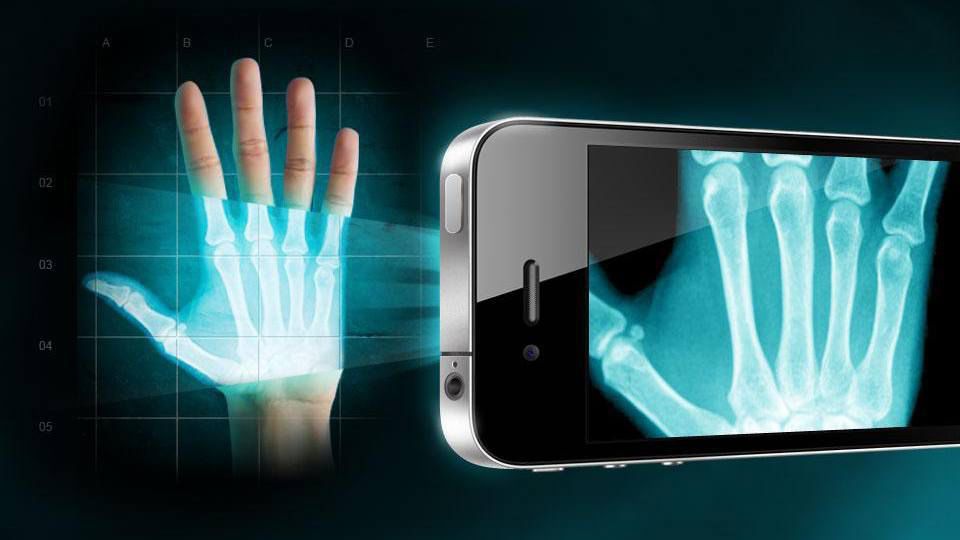
Dr. Kenneth O, a professor at the University of Texas at Dallas and a driving force behind this project, expressed his enthusiasm, “To be able to see through things, the X-ray vision was something always exciting and inspiring.”
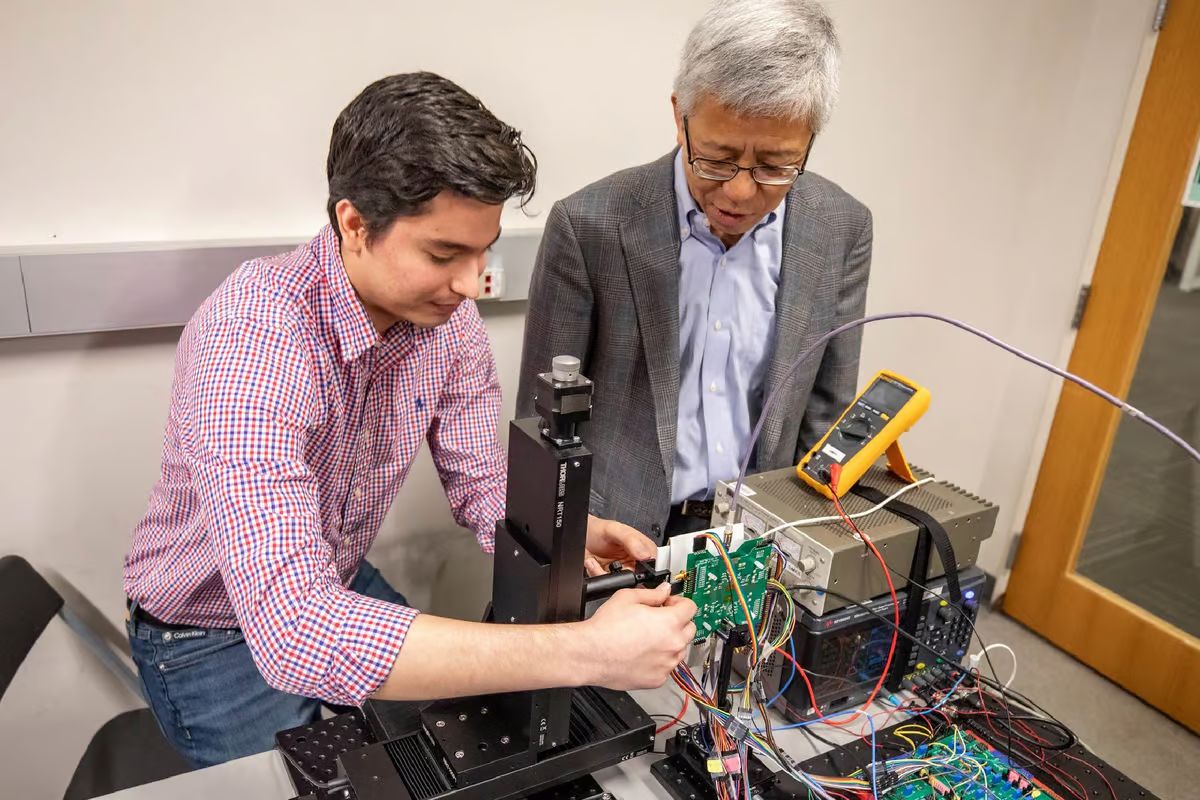
He envisions a future where users can effortlessly scan objects and capture revealing images, revealing what’s inside envelopes, packages, and even monitoring patients’ hydration levels in hospitals.
Practical Applications and Limitations
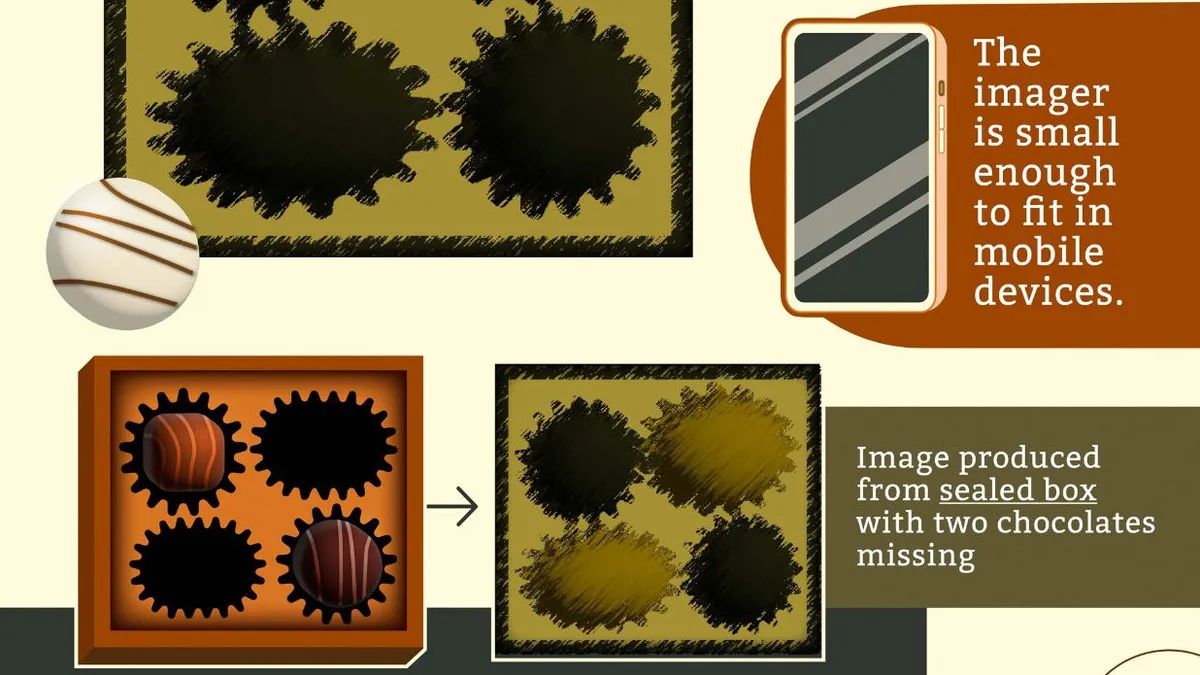
While the current prototype requires objects to be placed within an inch of the device, future advancements aim to extend the scanning range, ensuring privacy and preventing misuse.
Dr. O remains optimistic about the technology’s potential, stating, “The fundamental technology is there. I’d really like to make it so it’s for everybody.”
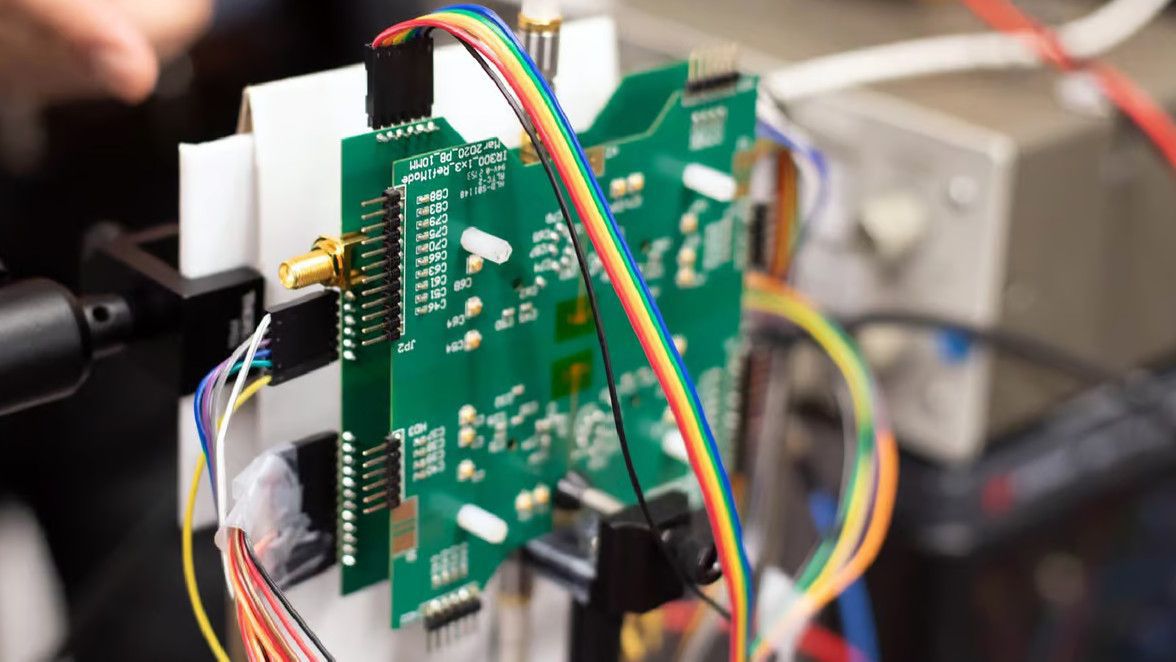
As researchers continue to refine this groundbreaking technology, the prospect of smartphones with X-ray vision capabilities is becoming increasingly tangible, promising to revolutionize how we interact with and perceive the world around us.
FAQs
How does the new smartphone X-ray vision technology work?
The technology uses signals in the 200 GHz to 400 GHz range to penetrate solid objects, unlike traditional harmful X-rays.
What practical applications could this technology have?
Potential applications include scanning packages, looking inside envelopes, and monitoring patients’ hydration levels in hospitals.
What objects has the technology successfully scanned so far?
Recent tests have demonstrated the ability to look through cardboard sheets, showing promising results.
What is the current limitation of this X-ray vision technology?
Currently, the prototype requires objects to be placed within an inch of the device, but future advancements aim to extend the scanning range.
Who is behind the development of this X-ray vision technology?
Dr. Kenneth O from the University of Texas at Dallas has been leading the pioneering project for over 15 years.
